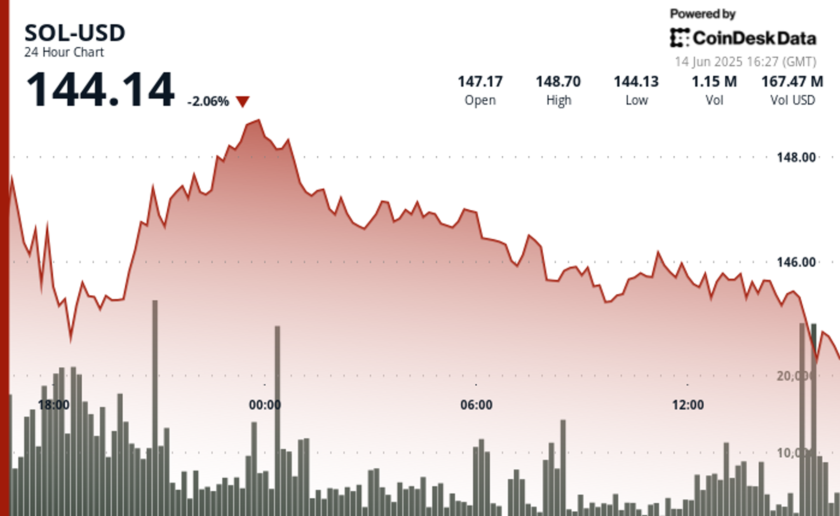How do you incorporate blockchain technology into your daily life? In this article, Jimmy Zhong, CEO of IOST, the application-friendly, next generation public blockchain infrastructure, guides you through DApp development and adoption. Move past the learning curve!
As the blockchain world impatiently awaits the next game-changing infrastructure that will transform widespread adoption, the true value of user-friendly, engaging decentralized applications (DApp) is often overlooked. Many consumers and enterprises are at a loss when it comes to incorporating blockchain technology into their daily lives, while the industry attempts to move the dial on mainstream acceptance and adoption at an ambitious rate.
One of the key issues facing DApp development and adoption is the required technical knowledge and understanding of cryptocurrencies, their security, and how they work. At the moment, the learning curve is too steep for any significant movement to be made toward widespread adoption. To engage with a DApp, a user would need to already own some cryptocurrency, and to own cryptocurrency, the user must feel confident in the security, usability, and storage of their tokens. In addition, tokens need to be acquired via exchanges, which add their own layer of learning curves and security concerns.
For these reasons, DApp development at this stage should focus on earning and receiving tokens through use of their platform only, so that users do not have to invest money and overcome technical barriers to engage with them. To name just two examples, Bermi, a video platform on the IOST blockchain that allows users to earn free Berm coins when they refer friends, curate video content and interact with the videos; and Berminal, the fast-growing crypto news and content platform with over one million total users up to date, both allow for DApp engagement without owning crypto initially, making them easier to start interacting with. In both cases, user bases have expanded to more than one million users respectively.
On the developer side, it has been well-documented that suitable platforms and tools to create these types of DApps to encourage widespread adoption are few and far between. As soon as significant users started to use DApps, as we saw with Ethereum, high fees and slow transactions impeded any further growth. In addition, almost every blockchain infrastructure runs into the scalability trilemma at some point, whereby it’s impossible to achieve decentralization, scalability, and security, without sacrificing at least one. To address these issues, it’s essential to provide a more level playing field for developers and creators.
While enterprise adoption has remained the topic du jour for some time, the gaming industry is currently leading the charge when it comes to real world applications and implementation. This is largely due to the fact that the technology is far easier to implement, and much of gaming’s business logic is already automated and coded, so there is little need for middlemen or human interaction. In the next 12 months, the industry will also experience some real growth with decentralized exchanges. This does not necessarily help mainstream adoption in the short term as the focus is on token exchange, but it won’t be long before these types of exchange platforms expand in scope to cover the exchange of online goods and services.
Still, many traditional industries continue to dip their toes into the blockchain space with proof of concepts and other exploratory or sandbox activities. For traditional industries, digital transformation has always been a slow process, and while many in the blockchain industry are eager to see adoption rates spike overnight, it will take years of testing, trialing, going back to the drawing board, and starting all over again, before we start noticing a gradual incline toward mainstream adoption.
Perhaps one of the most lively areas of enterprise adoption at the moment is the various ways that governments all over the world are calling for the application of blockchain technology to solve traceability, security, and verification issues across a number of key industries. These applications span from food security and provenance tracking, to improving aviation technology with regards to flight data integrity and data analysis. More recently, the Civil Aviation Administration in China issued the “Regulations for the Trial Operations of Specific Types of UAVs (Provisional),” which states that in order to ensure the authenticity and effectiveness of the data in flight operating systems, technical methods such as blockchains must be implemented. These methods will ensure operational data is tamper-proof following encryption and authentication by third-party technology.
As governments and enterprises continue to explore the seemingly endless options for integrating blockchain to improve operating systems, perhaps the most crucial element to success will be developer-friendly, DApp friendly, public chains to build on. Today’s public blockchains must keep developers incentivized by offering feeless transactions, resources and support, and funding and coaching from incubators. Only then can we encourage and foster new ideas, and drive adoption forward.




